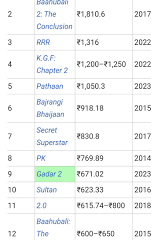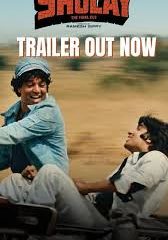Understanding Jaat Movies and Their Cultural Significance

Introduction
Jaat movies have carved a niche in the Indian film industry, primarily reflecting the stories, traditions, and values of the Jaat community. Set against the backdrop of rural India, these films resonate with audiences who identify with the Jaat culture and its rich heritage. The rise of Jaat-centric narratives highlights the evolving landscape of Indian cinema, where regional and cultural stories gain prominence.
Emergence of Jaat Cinema
Over the past decade, Jaat movies have gained popularity, particularly in regions like Haryana and Rajasthan. Films such as ‘Sultan’ and ‘Kaabil’ have successfully blended action with cultural elements, showcasing the valor, struggles, and celebrations of the Jaat community. With a focus on themes like honor, family values, and love, the genre has attracted substantial viewership.
Key Features of Jaat Movies
Jaat movies often feature distinct elements that set them apart. They typically include:
- Cultural Representation: These films depict traditional customs, folk music, and dance, making them relatable and entertaining.
- Character Archetypes: Central characters are often portrayed as strong, brave, and family-oriented, which reflects the community’s values.
- Community Issues: Many films address social issues such as honor killings, land disputes, and the importance of education, sparking discussions within the community.
Recent Trends in Jaat Cinema
The increasing acceptance of regional cinema has seen filmmakers exploring diverse narratives. Newer Jaat movies are not only catering to local audiences but are also gaining traction in urban centers. With the rise of digital platforms, these films are now accessible to a wider audience, leading to a growing fan base beyond traditional boundaries.
Conclusion
Jaat movies represent more than just entertainment; they are a vehicle for cultural expression and awareness. As filmmakers continue to explore the rich tapestry of Jaat culture, we can expect an evolution in storytelling that resonates with a broader audience. This trend highlights the importance of local narratives in contributing to the diversity and richness of Indian cinema, inviting viewers to appreciate the various cultural dimensions that shape the country’s film landscape.








